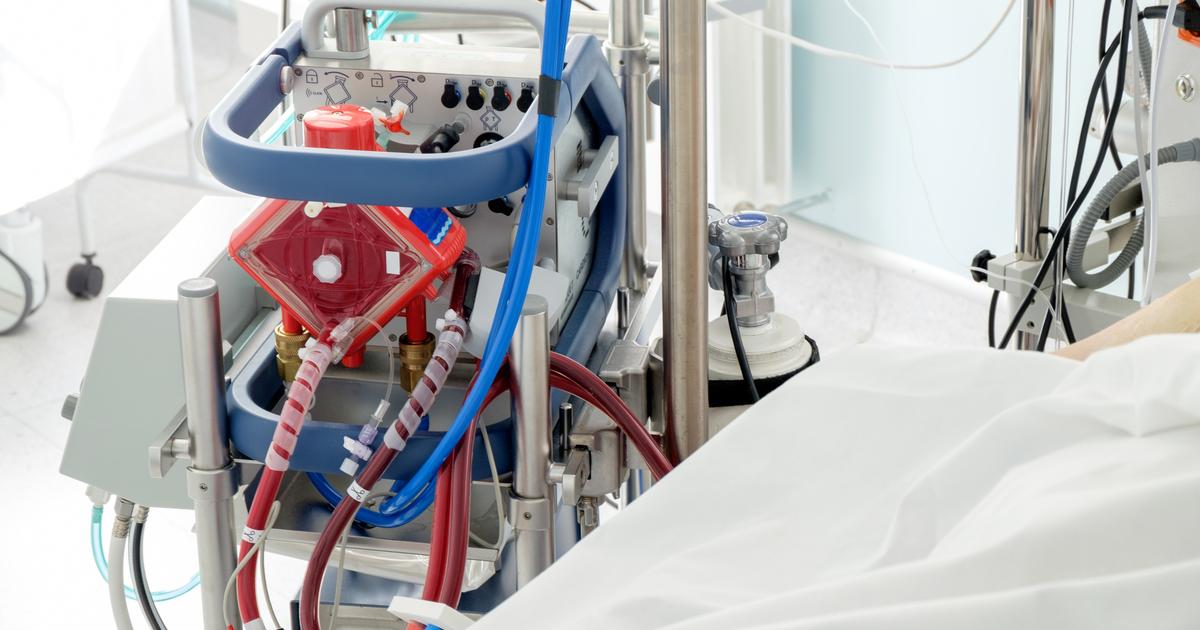Ways To Prevent And Treat Hantavirus Pulmonary Syndrome
Hantavirus pulmonary syndrome is a potentially life-threatening respiratory illness that can be caused by infection with hantavirus, a disease carried by rodents. Deer mice are the most common carriers of hantavirus, and patients may become infected with the virus if they breathe air contaminated with infected rodent droppings or urine. In the early stages of hantavirus pulmonary syndrome, patients typically have flu-like symptoms such as stomach pain, vomiting, chills, and a fever. Approximately four to ten days after infection, more serious symptoms could develop. For example, patients might have shortness of breath, and fluid may accumulate in the lungs. Some patients may also have low blood pressure and reduced heart function.
To diagnose this condition, doctors will ask the patient about their medical history and conduct a physical exam. During the exam, particular attention will be paid to the patient's heart and breathing. The doctor can use a stethoscope to check for wheezing, chest congestion, or possible fluid accumulation in the lungs. They may also perform a blood test to check for antibodies to hantavirus. Patients who have been around rodents or rodent droppings and begin to experience a cough or other breathing problems should see a healthcare provider urgently, even if they believe the breathing difficulties are minor.
The methods described below are beneficial in the prevention and treatment of hantavirus pulmonary syndrome.
Breathing Support In The Hospital
Since the respiratory symptoms of hantavirus pulmonary syndrome can become very serious, patients may need breathing support in the hospital. This is usually provided in an intensive care unit, and the use of a ventilator is generally required. So adequate breathing support can be provided, patients are intubated prior to being placed on the ventilator. A tube is inserted down the patient's mouth and into their windpipe (trachea) so their airways will remain open and functional. The tube is then connected to the ventilator, and this machine 'breathes' for the patient. This type of breathing support is also useful in managing the accumulation of excess fluid in the lungs.
Learn more about treating and preventing hantavirus pulmonary syndrome now.
Blood Oxygenation

Blood oxygenation is recommended for patients with severe cases of hantavirus pulmonary syndrome. One of the most frequently used methods of blood oxygenation is known as extracorporeal membrane oxygenation, and it can help the body maintain an adequate amount of oxygen. The extracorporeal membrane oxygenation procedure involves the use of a pump that continuously moves the patient's blood from their body into a machine. Once inside the machine, oxygen is added into the blood, and carbon dioxide is removed. Then, the oxygenated blood is returned to the patient's body through a second intravenous line.
The procedure is carried out by specialized teams at intensive care units, and it can help save the lives of severely ill patients. Possible complications of extracorporeal membrane oxygenation include bleeding, infection, and blood clots. Clinicians may use ultrasounds to check for bleeding or clots, and the medical team checks the machine and pump at least once an hour to prevent air bubbles or clots in the tubes.
Get more details on how to treat and prevent hantavirus pulmonary syndrome now.
